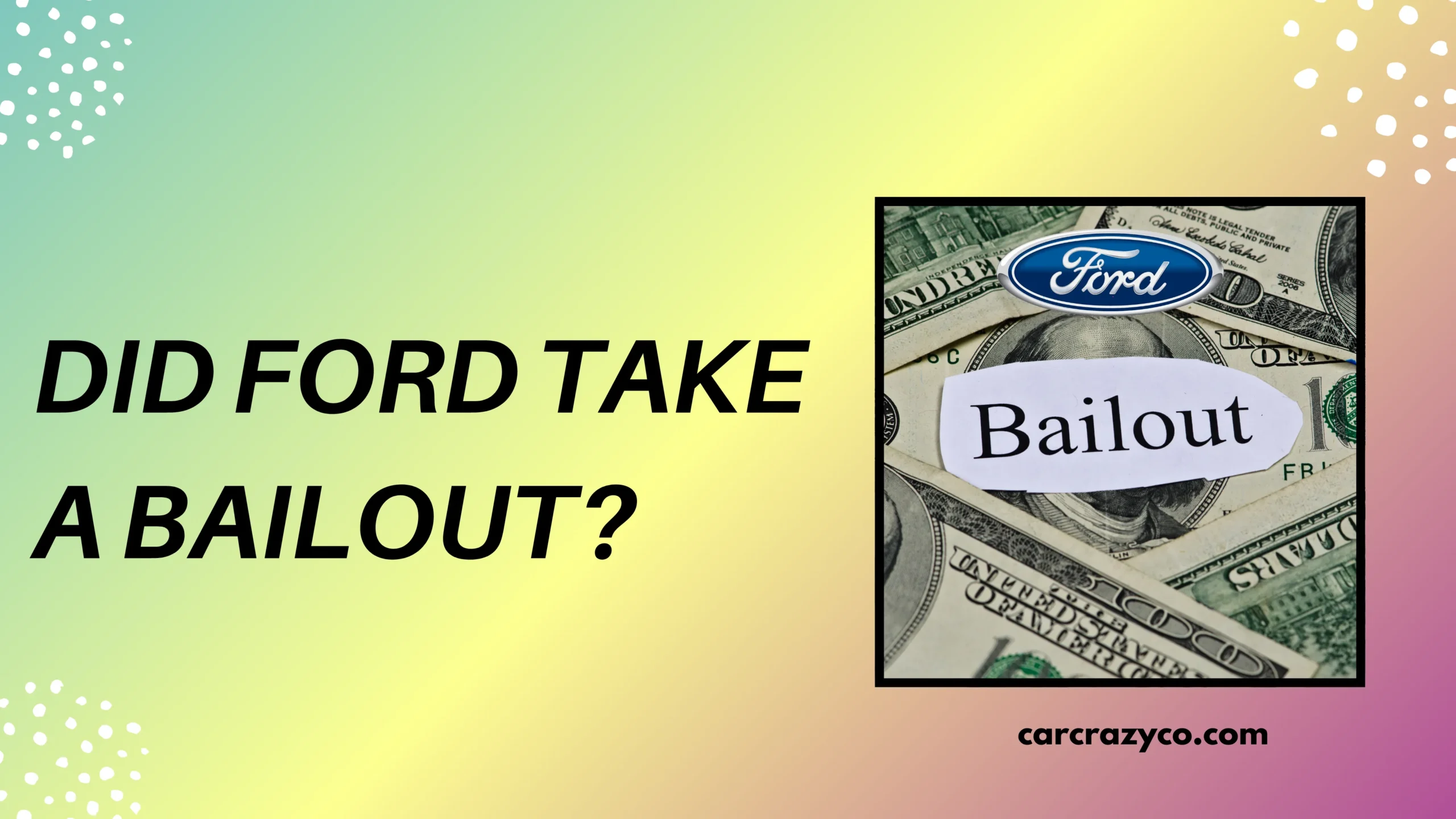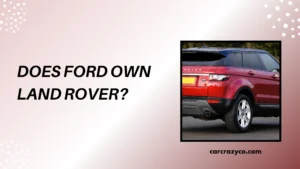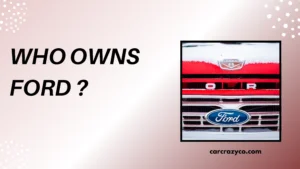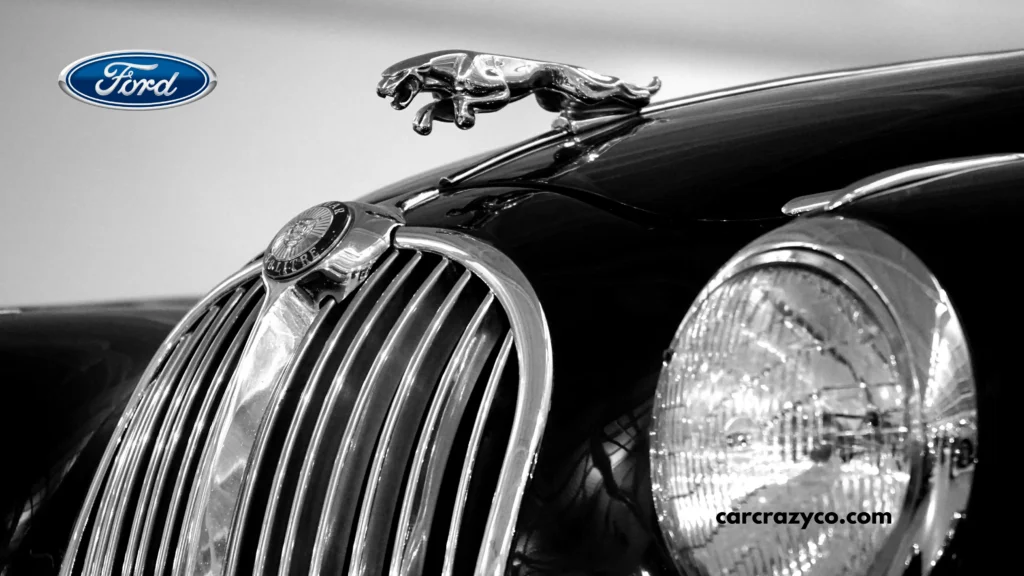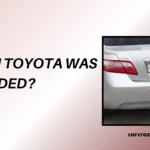When the 2008 financial crisis hit, it didn’t just shake Wall Street—it rattled the auto industry to its core. Major players like General Motors and Chrysler quickly turned to the U.S. government for bailouts, triggering one of the most controversial rescue efforts in modern history.
But what about Ford—America’s oldest and most iconic car company? Did it quietly accept help, or did it stand on its own? This question isn’t just about the past—it’s about how Ford’s decisions then affect how we view and trust them today.
If you’re a Ford owner, investor, or just curious about how some companies survive disaster, this story is full of surprising twists. Understanding Ford’s role in the bailout saga gives insight into resilience, leadership, and how the company built its modern identity.
Contents
- 0.1 1. The Financial Crisis of 2008
- 0.2 2. Ford’s Unique Decision
- 0.3 3. Public Perception and Market Impact
- 0.4 4. Did Ford Receive Any Aid at All?
- 0.5 5. What Does This Mean Today?
- 1 Conclusion
- 2 FAQs
- 2.1 1. Did Ford take a government bailout in 2008?
- 2.2 2. Why didn’t Ford need a bailout?
- 2.3 3. Did Ford support the bailout of other companies?
- 2.4 4. Did Ford receive any federal money at all?
- 2.5 5. How did this decision affect Ford’s public image?
- 2.6 6. Does Ford’s bailout decision still matter today?
1. The Financial Crisis of 2008
The 2008 crisis brought the U.S. economy to its knees, and the auto industry was one of the hardest hit. With car sales dropping sharply, automakers were hemorrhaging cash and facing potential bankruptcy.
The U.S. government created the Troubled Asset Relief Program (TARP) to provide financial aid to prevent a total collapse. GM and Chrysler both received billions in bailout funds, triggering major restructuring.
2. Ford’s Unique Decision
Unlike its rivals, Ford did not take a government bailout during the 2008 crisis. Instead, the company had secured private loans in 2006, totaling about $23 billion, which helped it stay afloat.
These early moves gave Ford the liquidity it needed to ride out the storm without taxpayer assistance. Ford still supported the bailout of GM and Chrysler, fearing that their collapse would damage the entire industry.
This decision boosted Ford’s image as a self-reliant brand and set it apart in the eyes of consumers and investors.

3. Public Perception and Market Impact
Ford’s refusal of a bailout became a powerful marketing message. Many Americans admired the company for standing on its own feet, which translated to increased brand loyalty and sales.
The slogan “Ford didn’t take the money” resonated with buyers frustrated with corporate bailouts. This helped Ford gain market share while GM and Chrysler were dealing with public backlash.
The move also reflected Ford’s focus on long-term planning, rather than short-term fixes.
4. Did Ford Receive Any Aid at All?
While Ford avoided direct bailout money, it benefited indirectly from the government’s support of the auto industry. For example, Ford participated in some loan programs and research grants related to fuel-efficiency.
They also received Department of Energy loans aimed at developing green technologies, which helped them modernize without using bailout cash. So while Ford stayed independent, it wasn’t completely disconnected from government funding.
This distinction is crucial—it shows how Ford navigated crisis support without becoming dependent on it.
5. What Does This Mean Today?
Ford’s decision still influences how people perceive the company today—as strong, responsible, and forward-thinking. In a world where corporate accountability matters more than ever, Ford’s choice still resonates.
Now, as the auto industry faces new challenges like electric vehicle transitions and global supply chain disruptions, Ford’s reputation for resilience remains a valuable asset.
It shows that success can come not just from innovation, but from strategic leadership and financial foresight.

Conclusion
So, did Ford take a bailout? The short answer is no—Ford avoided the TARP bailout that saved GM and Chrysler by making smarter moves early on. Their $23 billion private loan in 2006 gave them the edge to stay afloat without taxpayer assistance.
That said, Ford still supported the government’s efforts to stabilize the industry, recognizing that its competitors’ collapse would hurt everyone. They also benefited from targeted government programs that supported industry-wide recovery and tech advancement.
Today, Ford’s legacy during the crisis is one of independence, grit, and planning. In an age where every decision is scrutinized, Ford’s choice to stay off the bailout list continues to set it apart—and reminds us that resilience is just as valuable as revenue.
FAQs
1. Did Ford take a government bailout in 2008?
No, Ford avoided the bailout by securing private loans in 2006 that helped it survive the financial crisis.
2. Why didn’t Ford need a bailout?
Ford’s leadership secured $23 billion in credit ahead of the crash, giving them the funds to stay afloat independently.
3. Did Ford support the bailout of other companies?
Yes, Ford supported the bailouts of GM and Chrysler, believing their failure would hurt the entire U.S. auto industry.
4. Did Ford receive any federal money at all?
Ford did not take TARP bailout funds, but it did receive energy-related loans and grants for technology development.
5. How did this decision affect Ford’s public image?
It helped Ford earn a reputation for being independent, strong, and trustworthy, boosting its sales and brand loyalty.
6. Does Ford’s bailout decision still matter today?
Yes, it shapes how people see Ford’s values, especially as the company navigates the next generation of auto innovation.

